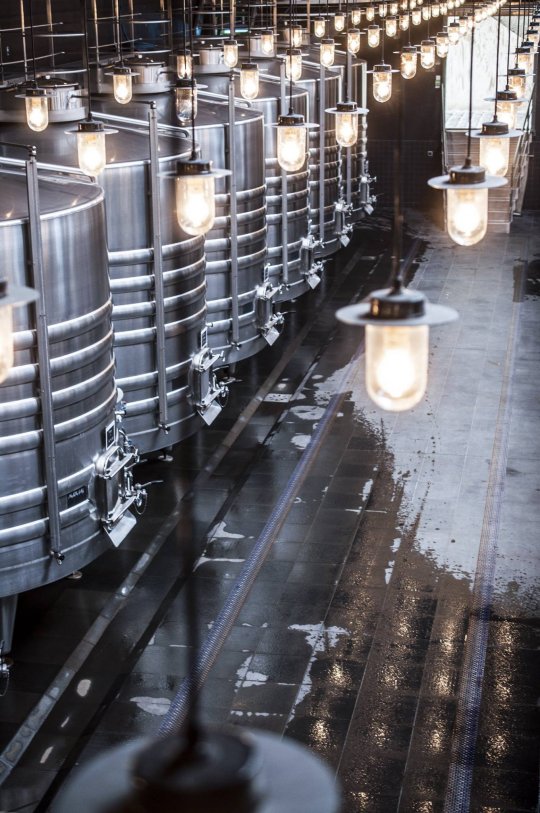Most issues during fermentation can be avoided if certain fundamentals are respected:
-
Control the microorganism population through sulphiting, yeast addition or a fermentation starter vat to ensure a quick start to fermentation. In the case of cold pre-fermentation maceration, adding non-Saccharomyces yeasts is also a possibility.
-
Do not forget to take into account the must's potential ABV. If it is very high, it is necessary to use an appropriate strain.
-
Temperature control: temperatures should be between 18 and 22°C for whites and 24 to 30°C for reds. Above 30°C, there is a real risk of a stuck fermentation. Furthermore, in the case where the goal is to avoid sulphiting the harvest, a temperature above 20°C at vatting can be appropriate to ensure a quick start to fermentation and avoid deviations.
-
Do not neglect the yeast's nitrogen requirements: make sure sufficient nitrogen is provided at the right time.
-
Provide the yeast with enough oxygen during fermentation so that it can synthesize sterols and the permeability of the cell membranes is maintained.

